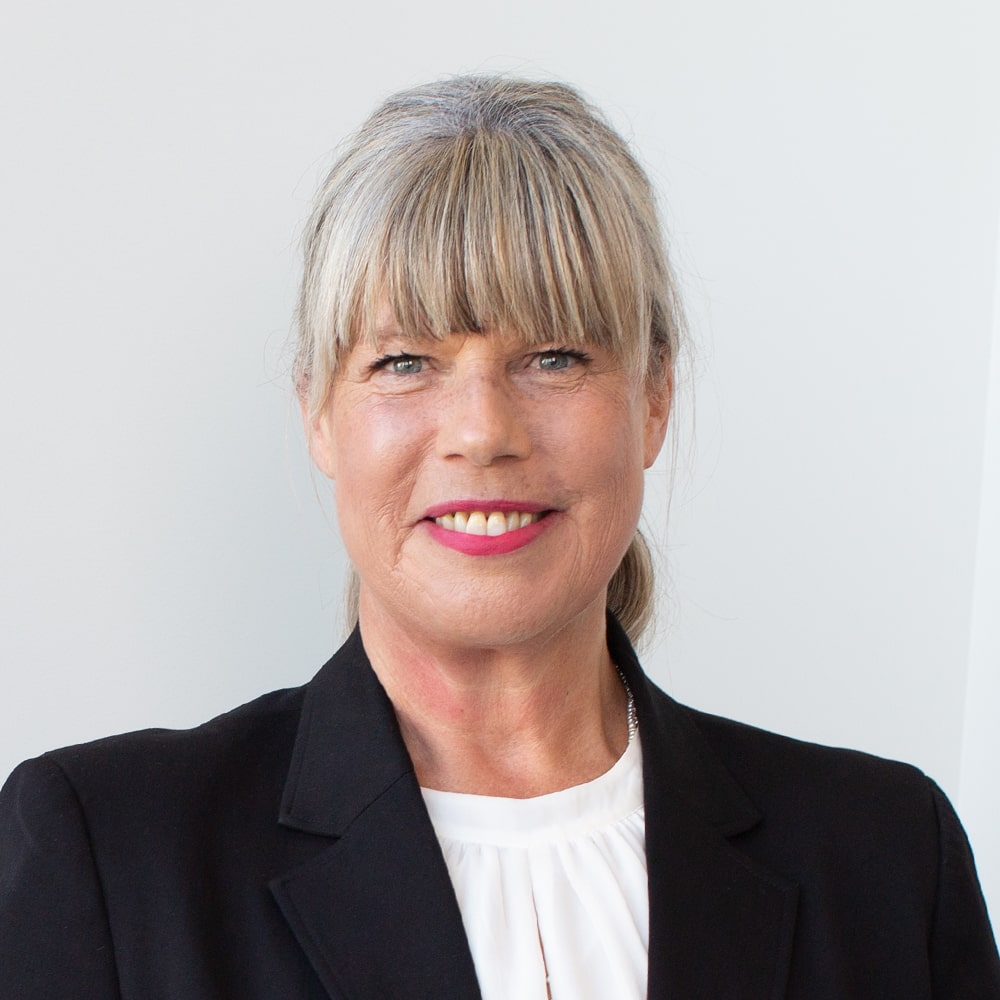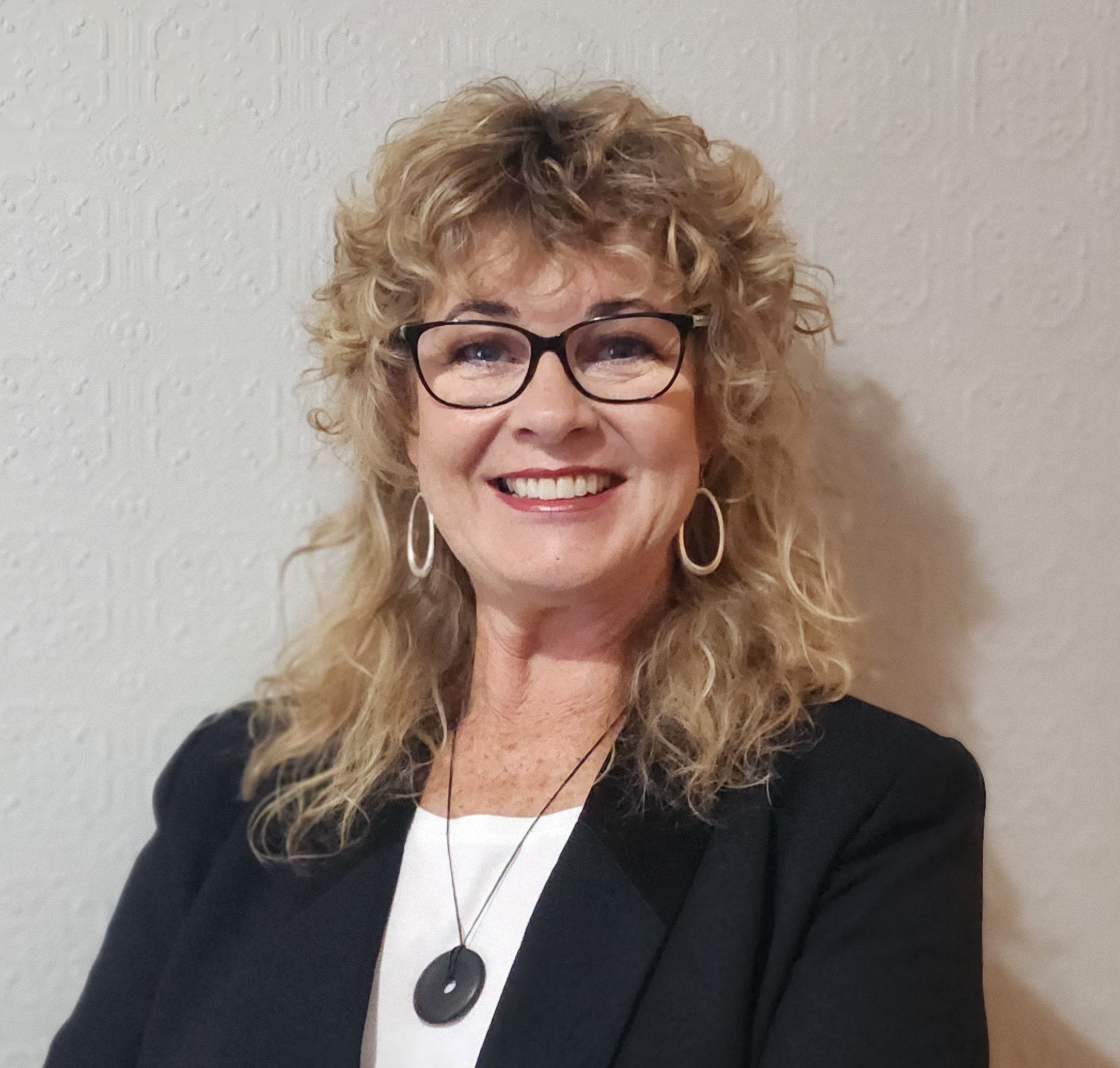Free Printable PDF Checklist Included
Sourcing and recruiting top-tier talent is a major challenge for businesses and a key area of focus for HR and talent acquisition teams. If hiring is a top priority for your company, then it’s time to get serious about interviewing.
The ‘interview’ is an important step in the talent selection and recruitment process. When done well, it contributes to your thinking around the suitability and ‘fit’ of a candidate for a role and ultimately leads to selecting the best talent for your organisation.
Interviews also serve an additional and often overlooked purpose – validating your employer brand. Your employer brand refers to your reputation as an employer of choice among job seekers, employees and key stakeholders.
From a candidate experience perspective, the interview signals a significant amount of context to an applicant, from workplace culture and values through to high level expectations for a role and areas of focus or challenge. And when it comes to securing A+ talent, impressions matter.
There’s an art to facilitating a meaningful and results-driven interview. It is a task that many people think they do well, but unfortunately, few actually result in an engaging and fair process that secures the best candidates for a role.
If you are worried about selecting the right people for the right roles, then we’re here to help with a comprehensive guide on how to conduct an effective interview that improves your chances of making the best hiring decisions.
If you want to get serious about hiring well, download our checklist today.
What to Know Before Conducting an Interview
Standardising the interview process is the first step to ensuring you are making the right hiring decisions.
By adopting a consistent process and criteria, all participants have a clear reference of what “good” looks like and can objectively evaluate a candidate’s suitability for a role. It also means that the interviewer will be able to justify a hiring decision succinctly and accurately.
A best-practice approach to creating a structured and consistent interview process includes the following steps:
- Clarity on what is required in the “right” candidate in terms of experiences, competencies and mindset based on role responsibilities. Also reflect on the characteristics and personalities including for example preferred leadership style, to determine which candidates will be the right “fit” for your organisation.
- Defining and understanding your organisational culture – values, goals, and practices. This will help you determine the desired employee behaviours and beliefs that are aligned with your organisation’s way of working.
- Creating a selection matrix. This could take the form of a scoring matrix, scorecard or interview feedback form that helps interviewer/s assess each candidate based on established job-related criteria. We recommend adopting the same applicant rating approach for every job vacancy across the entire organisation.
- Lean on internal HR and talent acquisition teams who will provide guidance and support throughout the hiring process. This includes using all the tools and techniques made available to you to help select and hire candidates, as well as interview training.
- Determine interview participants and who is included in decision making for the appointment. Give careful consideration to interview panellists and ensure they can commit fully to the process. Bonus tip: think in terms of not only who the person will interact with in performing their role but also who can offer the candidate a “sense” of the organisational culture and way of working.
- Creating a list of job and role specific behavioural interview questions. Behavioural interviews use questions or statements that ask job candidates to share examples of specific situations they’ve been in – sometimes referred to as the STAR method of interviewing.
- Prepare all documentation in advance. Make sure each panellist has a copy of the job description, candidate CV and is familiar with the approach being used to score candidates. Ensure panellists prioritise reviewing all material prior to the actual interview date.
- Agree on the interview format, this includes whether the interview will be held in-person or remote, the location of the interview and its duration, as well as any expectations of candidates, for example if a pre-prepared presentation is required.
- And finally, schedule the interview and communicate all the necessary information to the selected candidates.
How to Conduct The Interview
Consistency is key!
Prepare an interview script that outlines the flow of the interview and sequence of questions. Not only will it keep you on track and ensure you are asking the same questions for every candidate, but it is also a useful approach if you are assigning roles to each panellist.
The lead interviewer plays a critical role during a panel interview – a type of interview involving two or more people representing the employing company with varying levels of expertise and operational focus. This may include for example the HR lead or support, hiring manager, company executives, core team members, and external support (recruiters or industry/role specialists).
It is the lead interviewers’ job to set the tone for the interview and keep everyone on track. Because of the importance of the role, you may want to consider assigning this to someone skilled in effective interview techniques. It also means that other panellists can focus on their role as subject matter experts and pay close attention to assessing the candidate’s suitability for the role.
Prior to the interview
There is a time component to effective interviewing. Not only does this ensure fairness for all candidates but it is likely that you have a schedule of interviews and that means adhering to time constraints.
Prior to the start of the interview, make sure the assigned space is ready and suitable for the task. You want to ensure it is a comfortable environment where everyone present can participate in a meaningful way. Round tables are ideal for encouraging relaxed conversation. Avoid overly large rooms or seating that resembles an interrogation. For virtual interviews, make sure the technology is working and try to limit distractions.
Aim to have all panellists ready at least 15 minutes in advance of the start time for each interview. If you are conducting multiple interviews in one day, give consideration to overlap and having a private waiting area that respects interviewee privacy.

Interview stages
While organisations may have unique ways of doing things, most interviews include the following essential stages.
1. Introductions: allocate a few minutes
Setting the tone and energy of an interview should be done with professionalism and a positive attitude. Your objective is to establish trust and ensure a relaxed, conversational atmosphere.
During this stage, each panellist should briefly introduce themselves. This includes name, role title, preferred pronouns and if appropriate, how they interface with the role the candidate is interviewing for.
First impressions are important – this applies for both the candidate and the employer!
2. Interview process and organisational context: allocate a few minutes
The lead interviewer opens with an explanation of the interview process and a brief discussion of logistics including the intended duration. To give the candidate further space to relax into the interview, we suggest taking a moment to provide an overview of the company and the role. Keep this brief – remembering that the interview is an opportunity for the candidate to shine.
3. Questions from the panel to the candidate: majority of the interview time
Adhere to format and your interview script. Commence the formal part of the interview by asking your pre-prepared questions.
Consider opening with an initial ice-breaker question to build rapport, for example ask the candidate to provide a brief insight into their career history to date.
Maintain conversational flow with your line of questioning. Starting with standard ‘technical’ questions and then moving onto more personalised behavioural and context-based questions, that provide a deeper insight into a candidate.
Another advantage of behavioural interview questions is that it encourages candidates to speak about their experiences – problems they solved, projects they led, teams they have managed, improvements they implemented. This is a topic they are familiar with and helps build a connection as well as providing insight into their work style, depth of knowledge, interpersonal skills and personality.
To the best of your ability, it is important to “know” the candidate in advance – review their application so that you go into the interview with insight into their background and experience. Then use valuable interview time to clarify any areas of uncertainty in regard to their suitability for the role. Ask what you don’t know!
Bonus tip: Keep a check on who is doing the majority of the talking during the interview. A popular approach to follow is the 80/20 rule – speak 20% of the time and listen for 80% of the interview. If the panel is taking up more ‘talking’ time than the candidate, this may indicate that you need to intervene and re-set the interview.
4. Questions from the candidate to the panel: allocate a few minutes
Top talent are in demand and they will be using the interview as an opportunity to evaluate a company and determine whether the role is a good fit for their career aspirations.
Candidates who ask informed questions demonstrate a level of interest in the organisation and enthusiasm for the opportunity. However, do not be overly critical of a candidate who has nothing further to ask, especially if they have been engaged and driven positive dialogue throughout the interview.
5. Conclusion: allocate a few minutes
Reiterate the next steps in the recruitment process and importantly, when the candidate can expect to hear back from you. Be clear on who their point of contact is. End the interview thanking the candidate for their time and interest.
If time permits, you may want to consider a short tour of the office/facility. Leaving a lasting impression is important. They may not be the right candidate for this role but that’s not to say there couldn’t be a position for them at some future date.

What to Do Post Interview
Allocate time immediately following the interview to allow the panellists to collect their thoughts, complete any paperwork and share a short debrief with the group, even if it is only for a few minutes. If you are following an interview schedule, make sure you also have sufficient time to prepare for the next candidate.
Your next step is to meet more formally, typically at the conclusion of all interviews, for a longer conversation and to evaluate all interviewed candidates. Your goal is to collaborate on a decision moving forward in terms of consensus on preferred candidate/s.
The recruitment process may include additional rounds of interviews, further assessment and testing, as well as other due diligence and probity checks – all prior to a final decision being made.
Make the selection of your candidate a priority. You’re at risk of losing candidates who may disengage from the process or who are pursuing other opportunities. Maintaining communication with candidates is important, and this includes constructive feedback.
Final Thoughts
Conducting an interview well starts with understanding the role and having clarity on the experience, technical skills, soft skills, cultural fit – including values, beliefs and outlook – as well as future potential, of the right person for the role.
Evaluating each candidate against a consistent and agreed criteria will help you make considered and thoughtful hiring decisions. Remember that your role as an interviewer is to listen and engage in conversation.
Following this process will make your search for your next employee easier.
What else to consider
Check out our recent blogs for further advice and guidance:
The Ultimate Executive Onboarding Checklist
How To Find The Right Executive Recruiter
How to Prepare for an Interview with an Executive Search Firm
Need Help?
Decipher Group are industry experts in the recruitment of executive, c-suite level professionals, and governance leaders for New Zealand and Australian businesses. We’ve been connecting talented people to exciting opportunities for 15 years.
Find out more about our executive recruitment expertise.
Let’s talk.
The Decipher Team
To stay on top of current recruitment trends and hear about new role vacancies, follow Decipher Group on LinkedIn.
Frequently Asked Questions
A short Q&A with our team on related questions that people commonly search for on Google.
How do I develop a selection matrix?
A selection matrix is a useful tool for objectively evaluating a candidate against established job-related criteria. Clarity on the specific accountabilities and capabilities required to fulfil the role, means you will qualify candidates and better understand suitability, ensuring they have the right expertise, motivation and organisational fit. This includes any criteria that might prove valuable, including technical and performance skills as well as qualifications and competencies. Once the criteria are set, you need to determine the rating system to score the applicant and ensure that it is understood by the interview panel.
Is interview training important?
Regardless of whether you are a first-time hiring manager or a seasoned interviewer, training can help ensure a fair, consistent and effective hiring process is adhered to in your organisation. Providing your team with the skills and knowledge required to conduct meaningful interviews will help ensure your organisation is hiring the right candidates.
How can you reduce bias in interviews?
The selection and assessment process is a part of talent acquisition that is highly susceptible to unconscious bias, particularly for participants who are unfamiliar with objective candidate selection methods. To combat bias, you may want to consider adopting a standardised interview and selection approach that focuses on factors that have a direct impact on performance as well as training for key members of your team on how to conduct structured interviews with a specific focus on the types of unconscious bias that can occur in a recruitment process.








